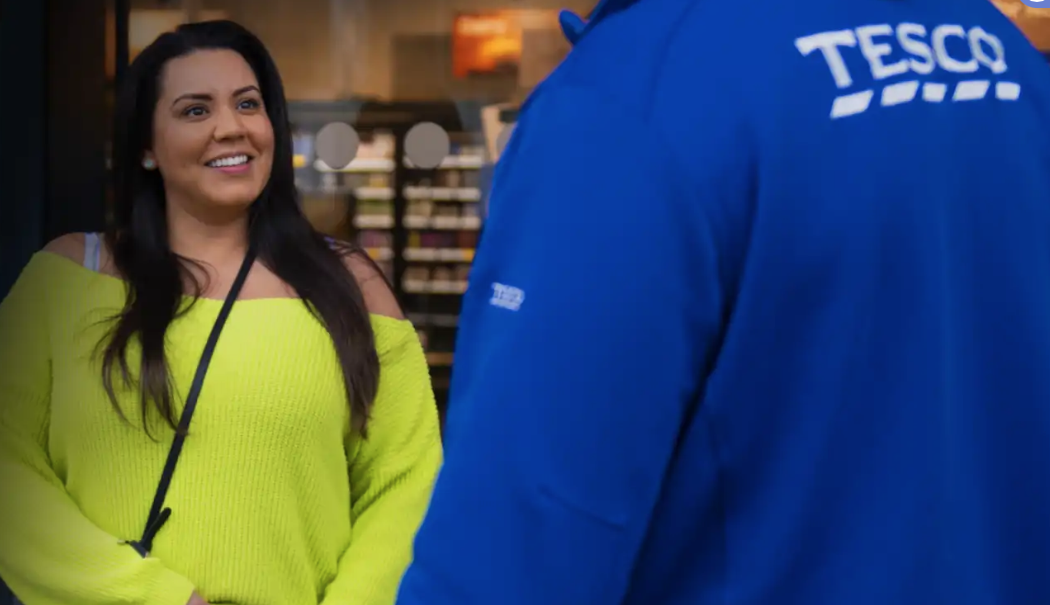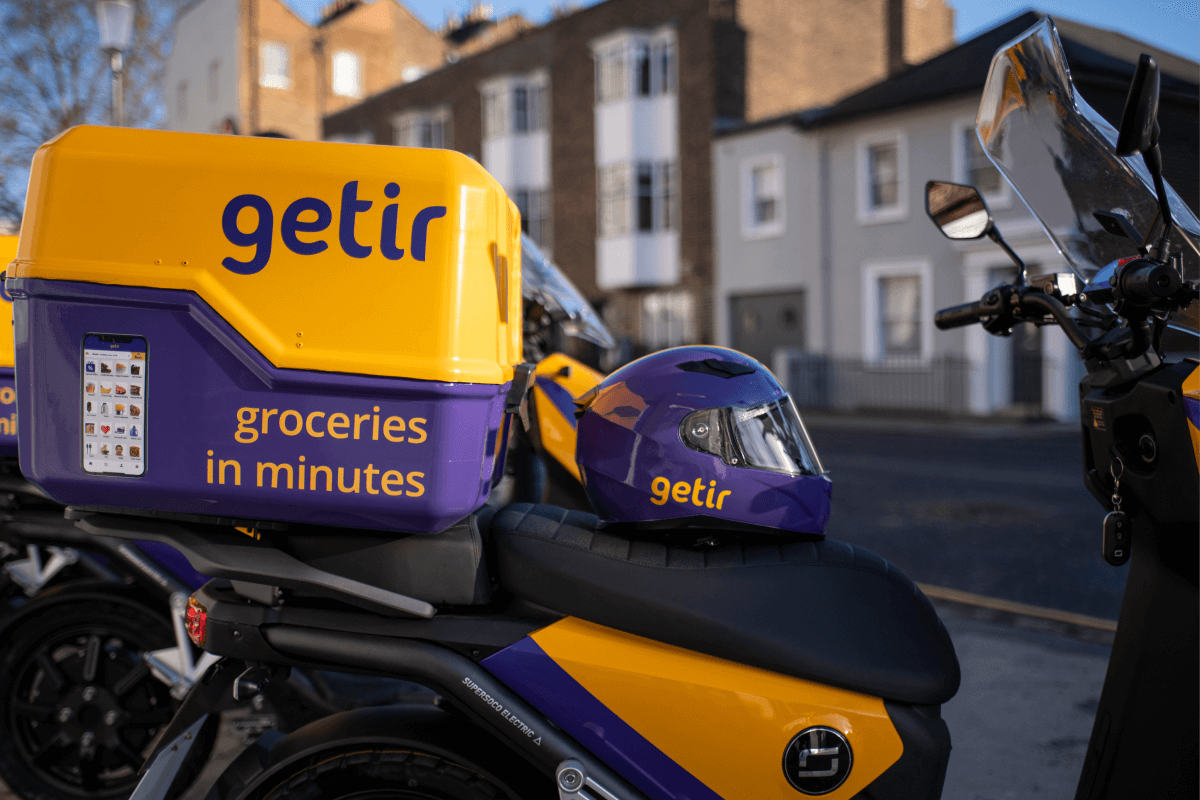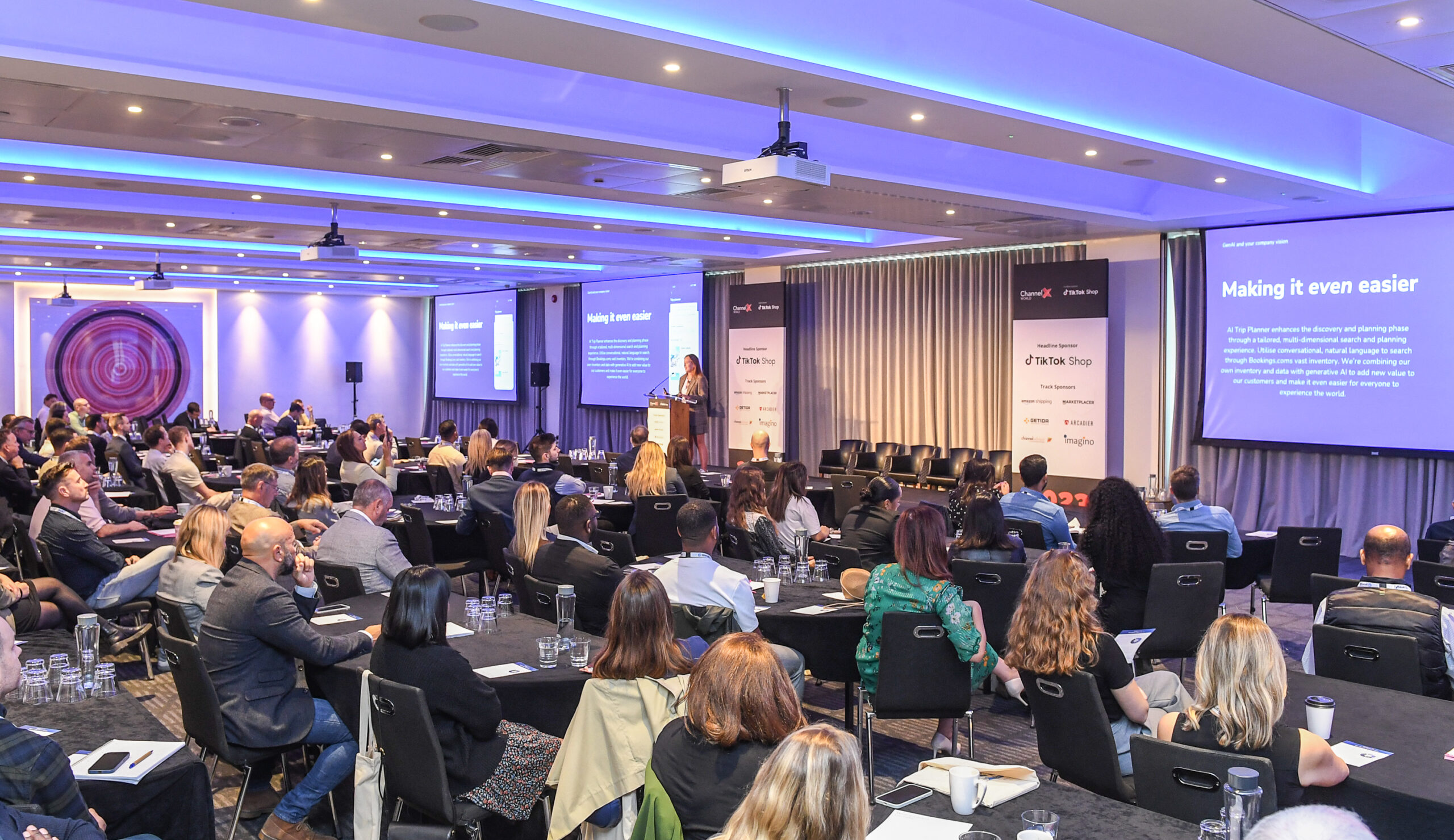In a recent InternetRetailing webinar, An insider’s guide to the frictionless customer journey, we heard from Nate Barad, director of product strategy at Sitecore. Here’s a bulletpoint overview of the event.
• Currently about 11% of US retail sales are generated by digital. Online catalogue isn’t generating the opportunities we’re looking for? Why? Comparing it to other distribution methods but need to look at it differently – how can digital help? The technology and staffing follows business strategy, how we measure. We’ve had ‘out’ promotions: our tv has won an award, been voted best in class.
• What is the customer looking for, what is their type, persona, where can I help them at each place?
• Commerce comes to the customer: (Gartner term) how can I figure out who the customer is, bring the buy button to where and when they are?
• Commerce as a transaction: in the middle: too often look at it by pushing out messages, an end game of getting a customer, securing a purchase. We need to not necessarily focus on the digital purchase. Also know it’s not the end game. If we look at things through a solution approach, we see more gains in the near term purchase. If think about the problem trying to solve, journey after in owning the product, we’ll see more value.
• Start with where the online catalogue is today: focus on the SKU. The product, or services, especially in B2B that we are transacting, fulfilling on. Coupon is a SKU, discount a SKU gets added to the cart to calculate a price. Anytime I have a SKU, talking about a service, how can I sprinkle some ‘who’ in (that’s the customer).
• Starting with a catalogue focus: putting a catalogue online doesn’t generate sales or traffic. Any time have a catalogue online, think, who is it for?
• Lots of content in the last couple of months in the last quarter, when retailers overpromoted, and that affected their bottom line. Any time I write a piece of content, campaign, the ultimate focus is on the who.
• Every time you go to put a product online: think about great products, but also think about the who: is it a home buyer, looking for TV & dishwasher, rather than TV & cable, or TV & laptop for a college student. Each time we have product information it has to be connected to the person it’s intended for. Improves the bottom line but also the customer experience. In B2B each SKU can be for several people.
• Examples: ads for the phone you just bought, the hotel you checked out of.
• Auto-industry: company-centric goal = sale of model A
• Customer-centric goal = new family + model A. What are you using the product for, do you need help? How many types of people can I find looking for this type of car? Type safe car into a search engine, are you landing on content that reflects that? New family, next thing could be about car seats and fitting them.
• Think: Who + SKU
• Example: Toshiba, Australia: last year launched B2B presence. Thinking about customer-first approach. How do we do more, generate help. Packaged their services for installation, delivery, support, maintenance, products they built and targeted. Are they starting, moving office: good solutions for each. Organised catalogue into three places to start. Built bundles, services, that guide you through with content: things to think about, plans for expansion. Customers realise this is a brand I’m working with. Who + SKU: one click on the home page with a lot of organisation and content behind it.
• Thule: roof racks: roof racks for kayaks, cyclists, surfers. As a buyer myself the first thing I think about is will it fit my car? Robust catalogue with interdependencies: which lock I need. What I don’t know if their catalogue.
Thule brought commerce to me, asked my question. Online catalogue: where digital can add to every channel. May want to go to a sports.auto supply store and touch it before I go. They’ve planted the brand: I know this is the type of car I have, the kind of sports equipment. I know if it has a rail I can attach to. Instead of having to learn all these kinds of things, they’ve put me first and the car I drive, streamlined to one or two products built specifically for me.
* Kwantum: netherlands: home fashion group. Differentiates by taking a customer-first approach. From the heart all the way down to their catalogue.
• Other people like you also find this useful. Half-truth: other baskets that had this product in it, also had this product. Subtle difference between two orders and the type of person: who + SKU rule of thumb makes it a full truth.
• Tonnes of opportunity to establish brand in return.
• Looking at how to blend: if we search online for products can be difficult to find them. Can get into bid wars. What we want to think of in who + sky is how to give better than expecting. What would give this person value to come back. e.g. Thule: more than I was expecting, was expecting a list. If I know a fridge is a certain depth would have to go and find out. Content around: where going to put the fridge. Persona-based content. Products built for certain people, anything from B2B to a phone.
• Now unstructured content: roof racks, type of content. Customer now has something for them. My personal product recommendations. Learning more about the customer. Learning about this person as much as filtering/directing associated products.
• Other steps along the way to add value: following up on the video just watched. Pre=purchase phase. Not necessarily just transacting on the online catalogue. Helping people find things on their terms. e.g. Thule and Toshiba.
• Look at the customers you have, and the products that are for them.
• Thinking about the who as you go through it. Other people who found the product useful.
• Using content: filtering on what they go on. Use it all at purchase to do their creative upsell etc. Who else looked at this, what shirt did they buy with these trousers?
• Millions left in carts all the time: prime targets. One more thing that’s needed to put it over: focus on the who, make it automatic.
• Post purchase; how much more opportunity in post-purchase than in pre and purchase. I’m going to own a product or service much more often than I shop for it. I’m going to be a customer of your brand a lot longer than I wasn’t. But too often go from the buy phase to the retargeting. That’s because a lot of strategies are built around that.
• If we think about someone that buys something, there’s a lot of who, of steps that happen after. Four or five different groups of people we can then delight. We can understand how it works. I laugh when I get a review request for something that hasn’t shipped yet. Jumped from buying to remarketing, retargeting.
• Learn more about the customer to make sure they are jumping right back and being brand loyal. Bottom line aspects of what happens in the customer experience. When someone calls in a who + sky approach let them use your name, rather than having to walk in with till receipt. Individually based for them. Start with email address, who they are, you bought a camera from us, are you waiting for such and such to deliver.
• Who + SKU in post purchase: existing customer automation. Going from buying mobile phone to ad for same mobile phone. Targeted mobile phone with content. Is it mobile optimised installation? Things that are thought of in the context of the who. Have the purchase, the product ready for me. Has back office help. Better understanding of who needs these types of proudcts. Content on testing water, recipes etc. Customer vs marketing plan.
• Thinking about types of customers, what they need. Then IoT we’ll be thinking about toothbrushes that order replacement parts, or repurchase.
The webinar was followed by a Q&A session. To see the webinar, slides and hear the Q&A session in full, visit the Sitecore webinar page here.</em






